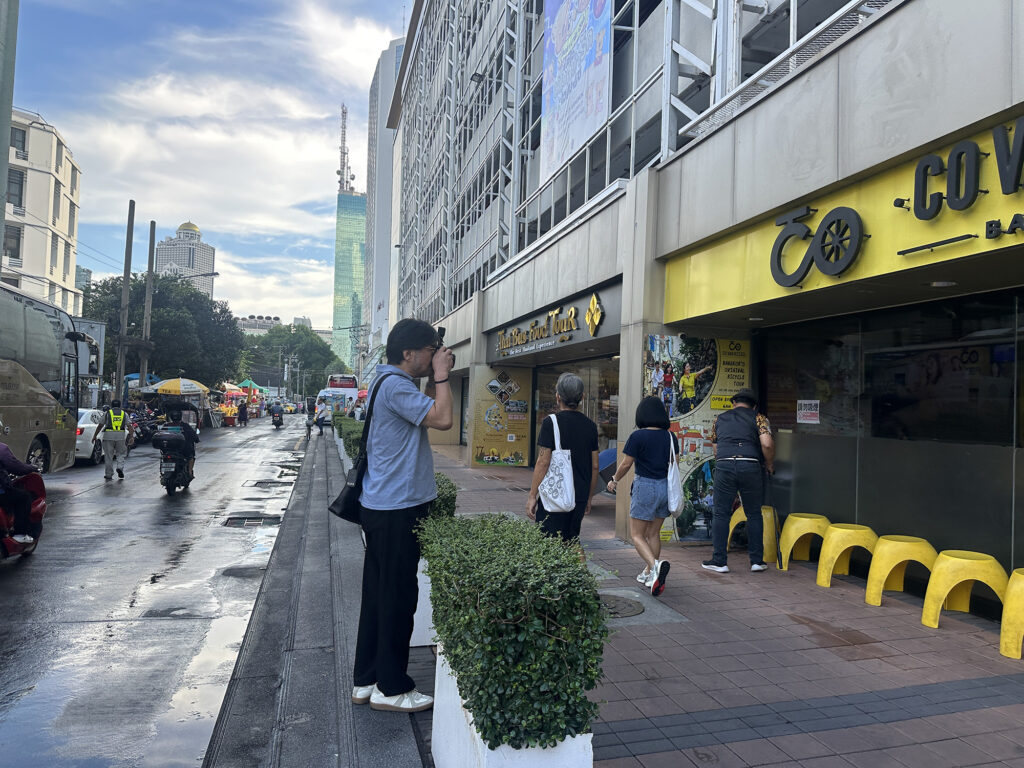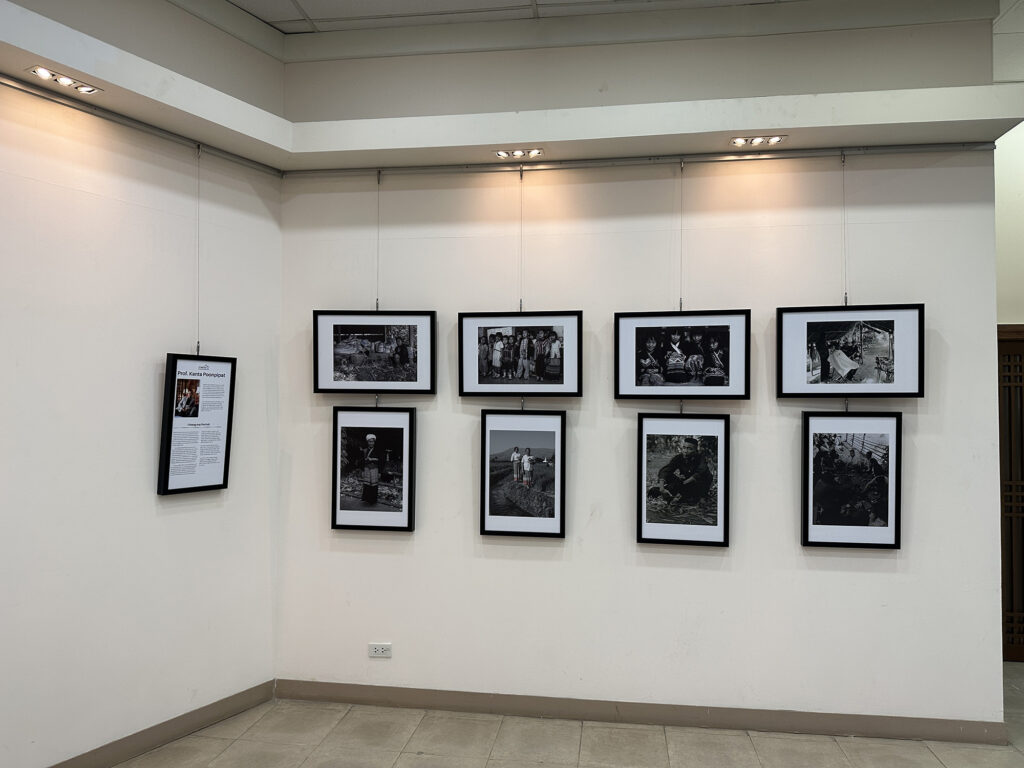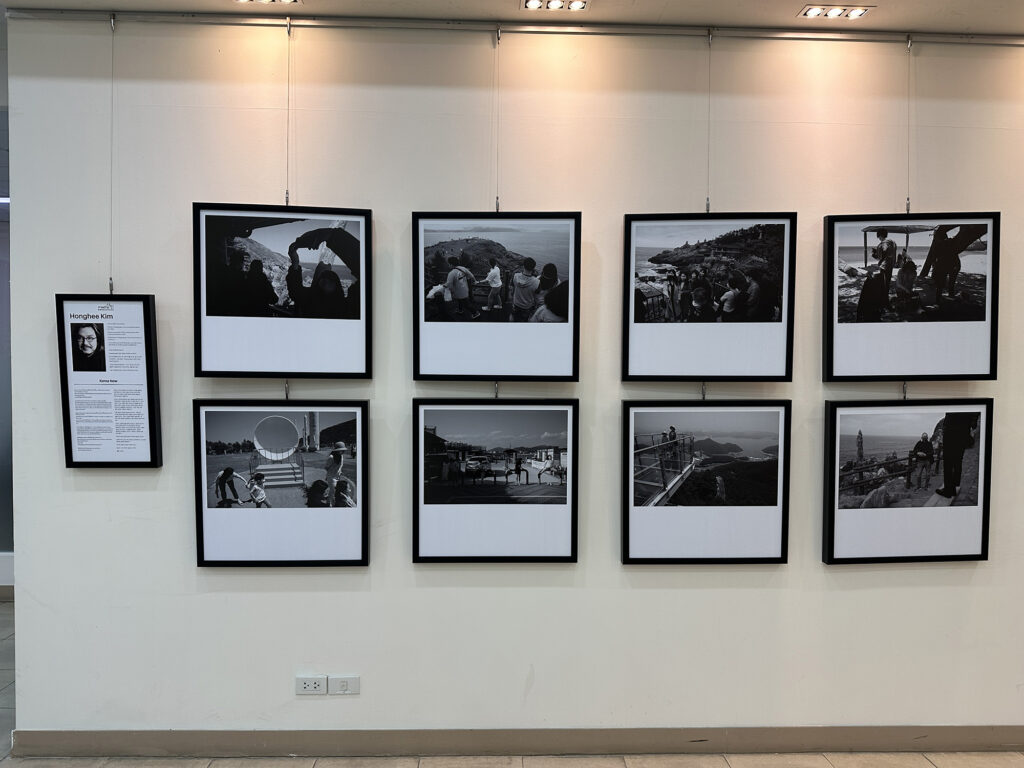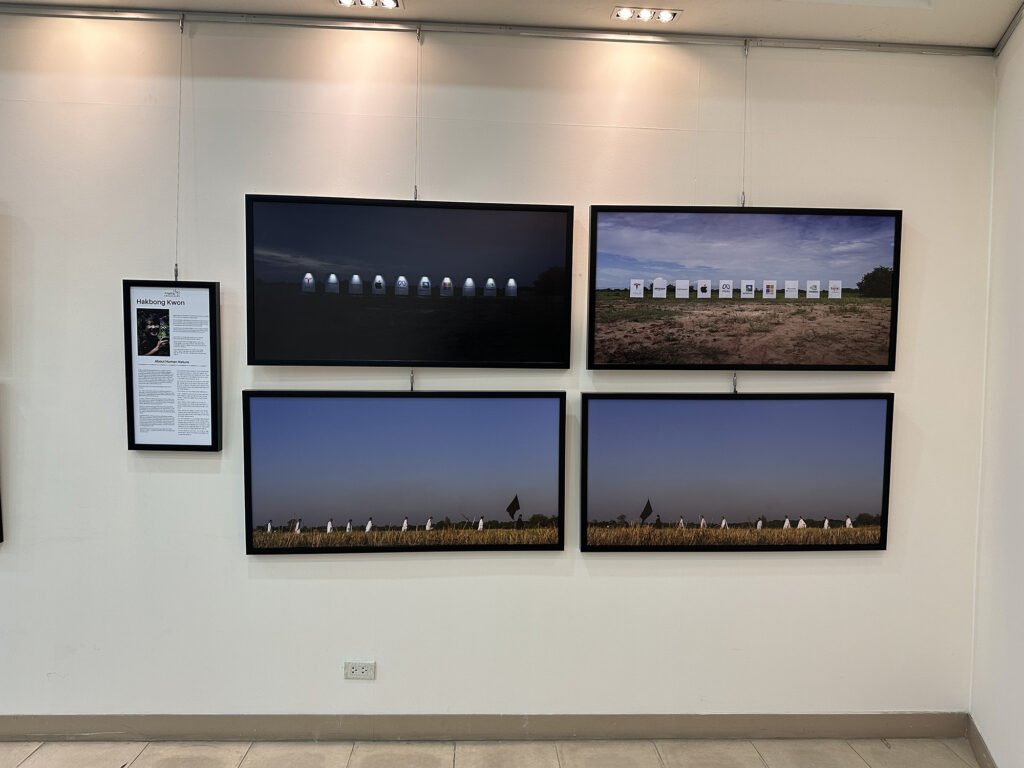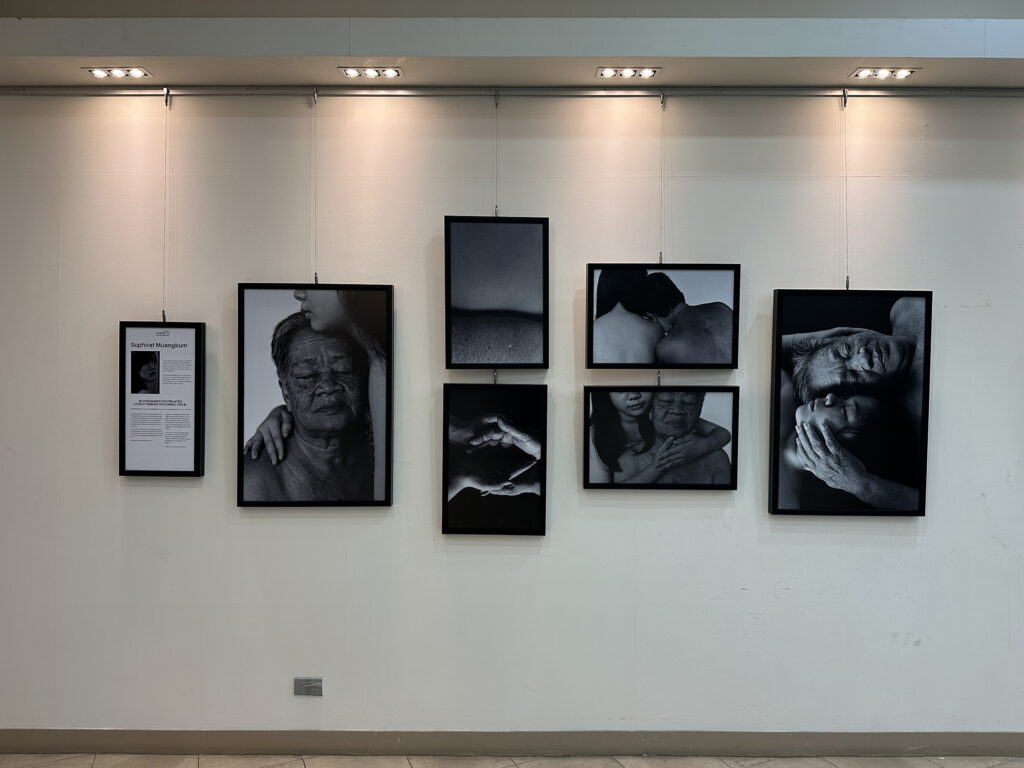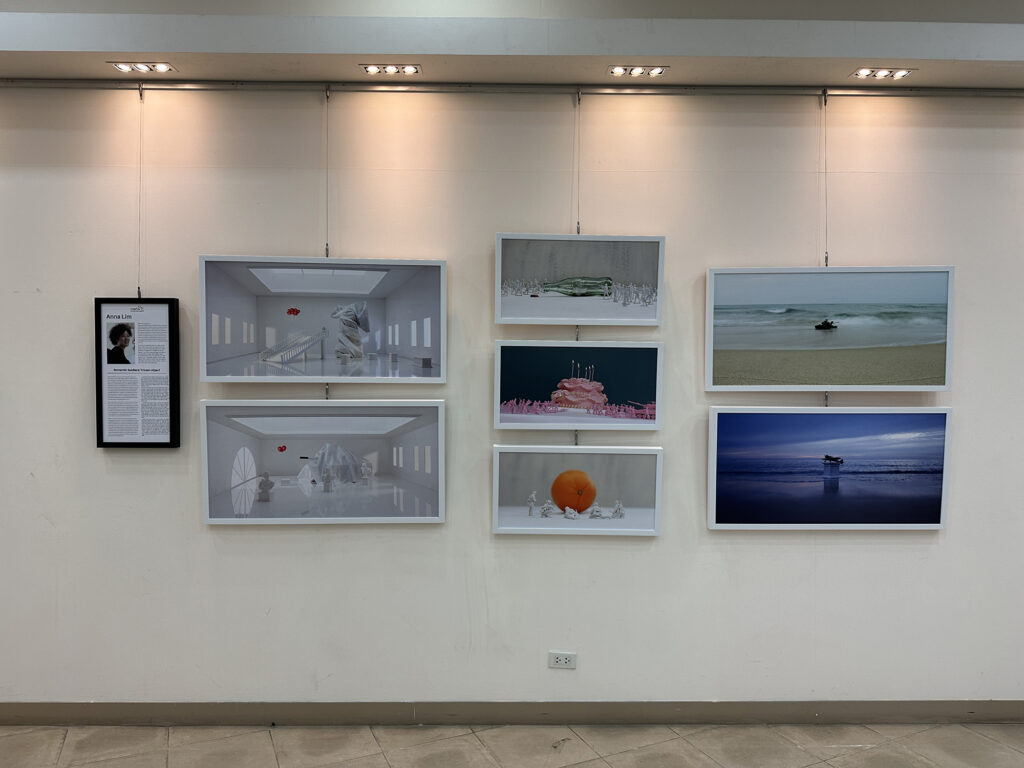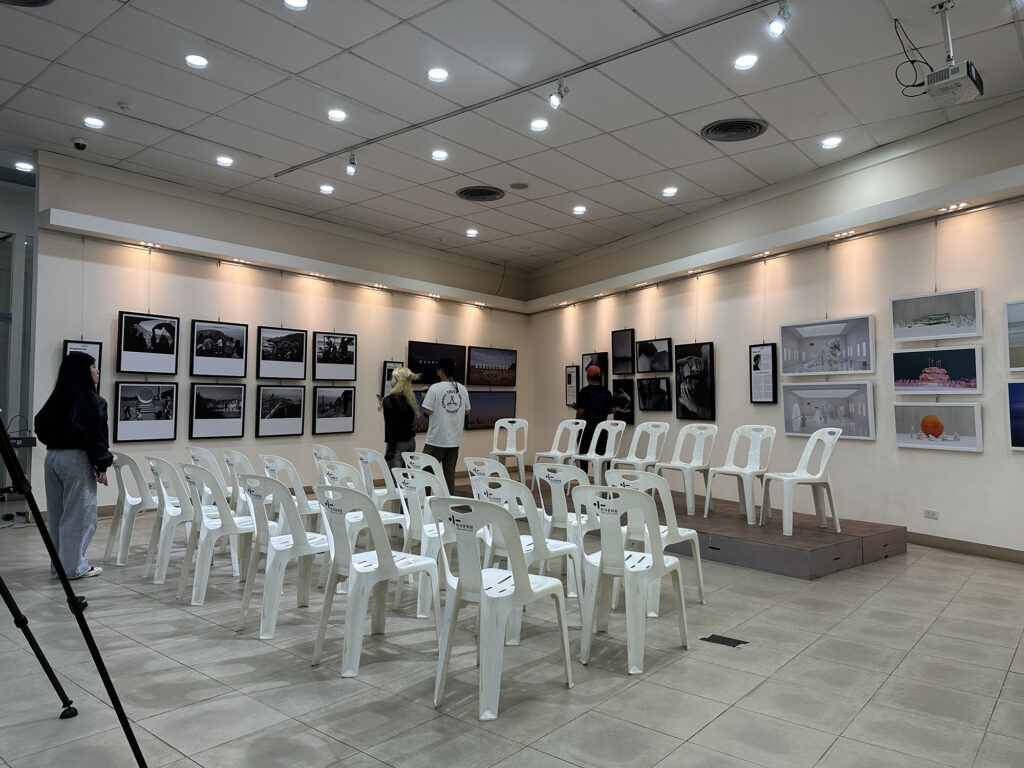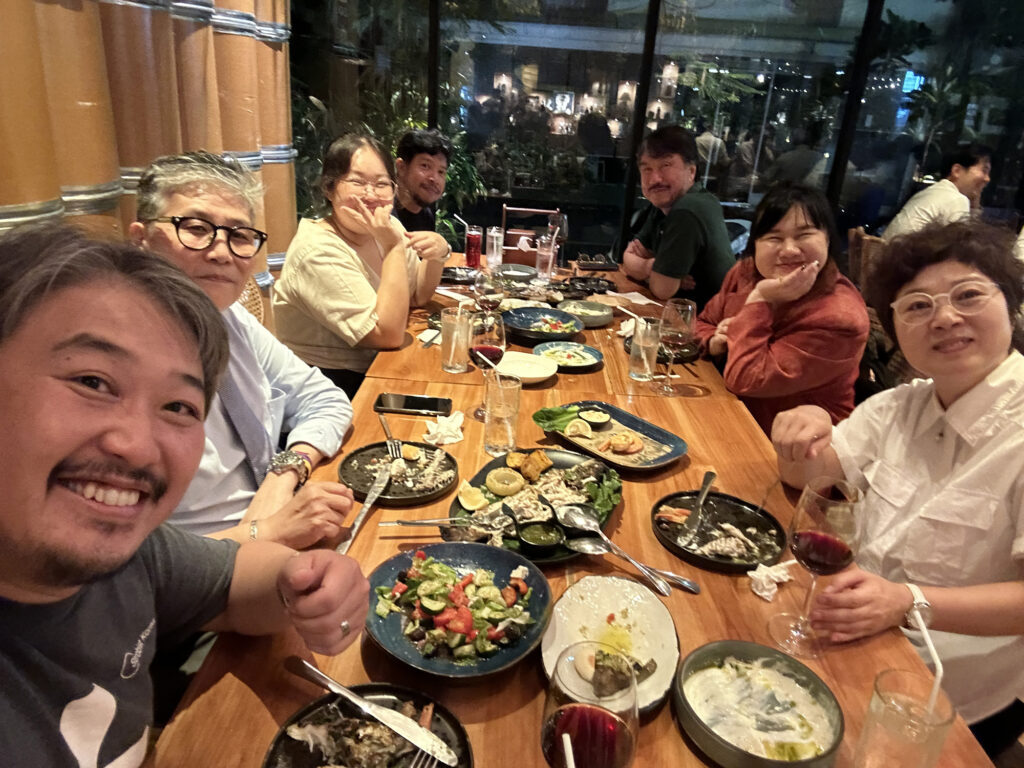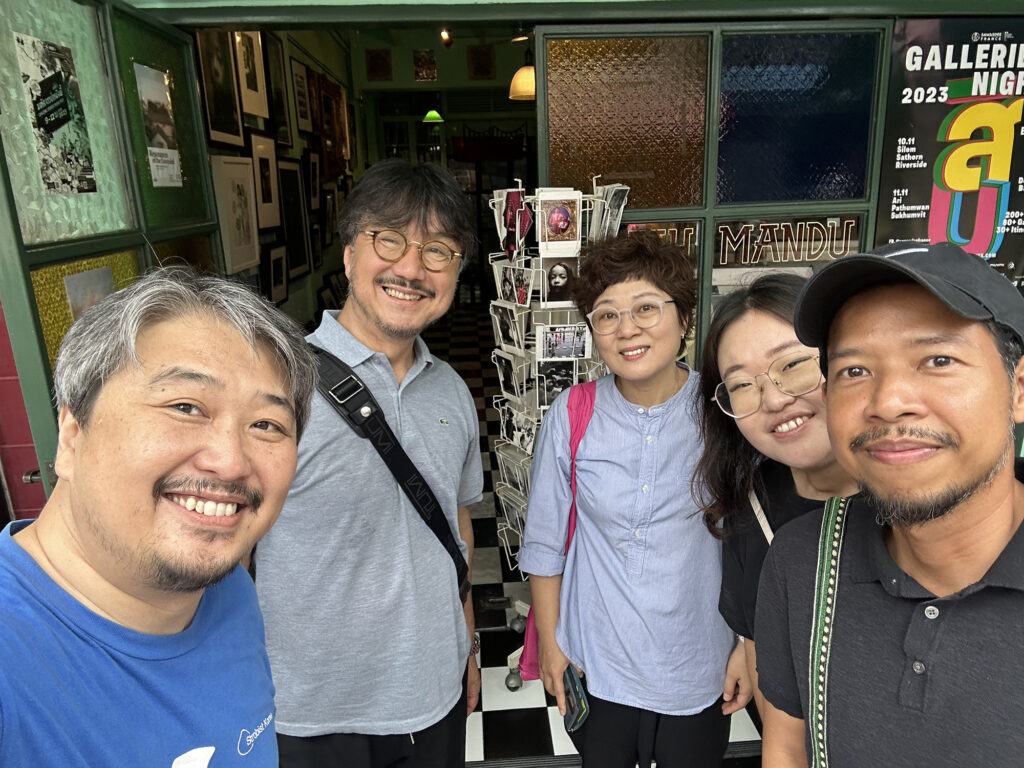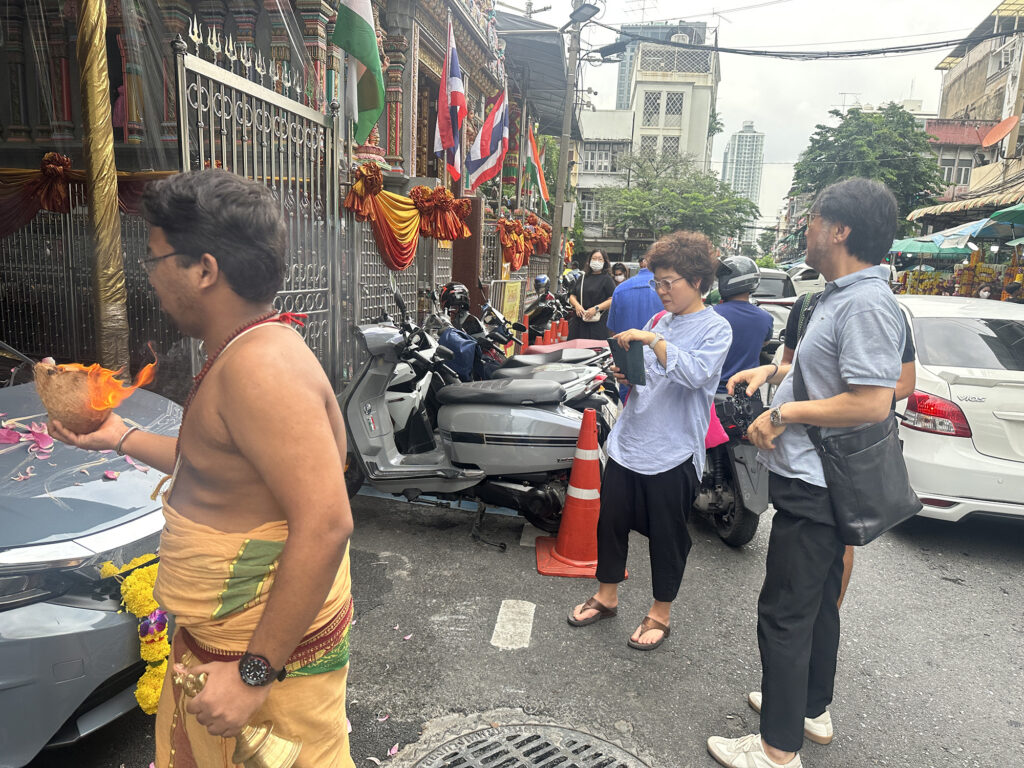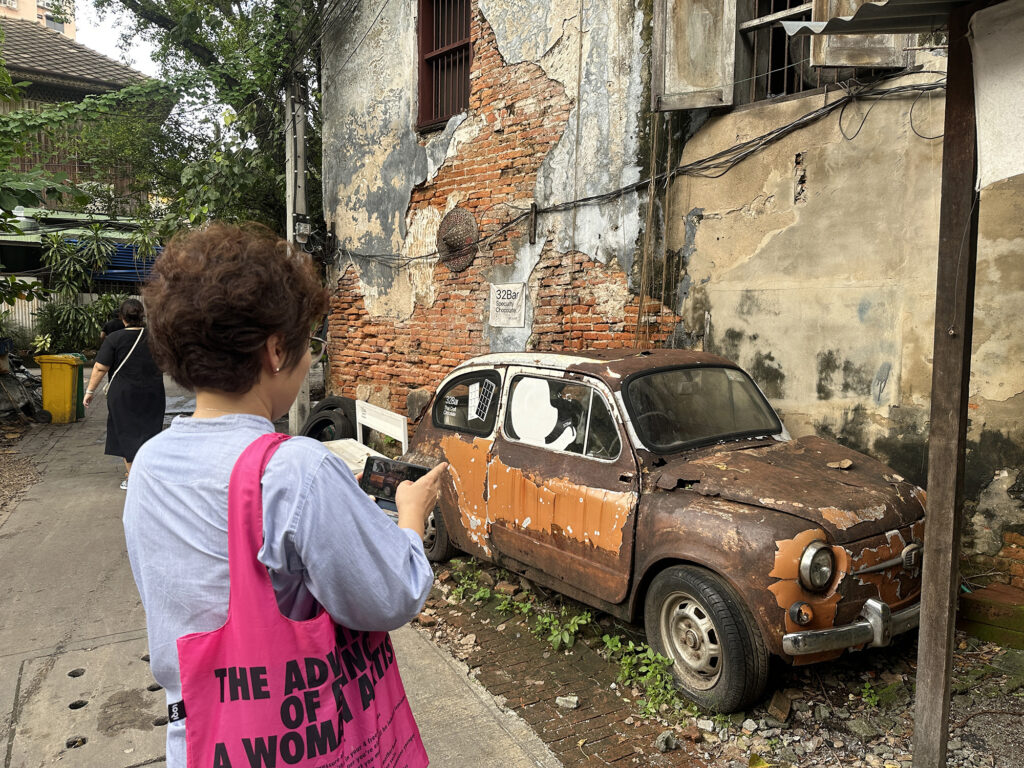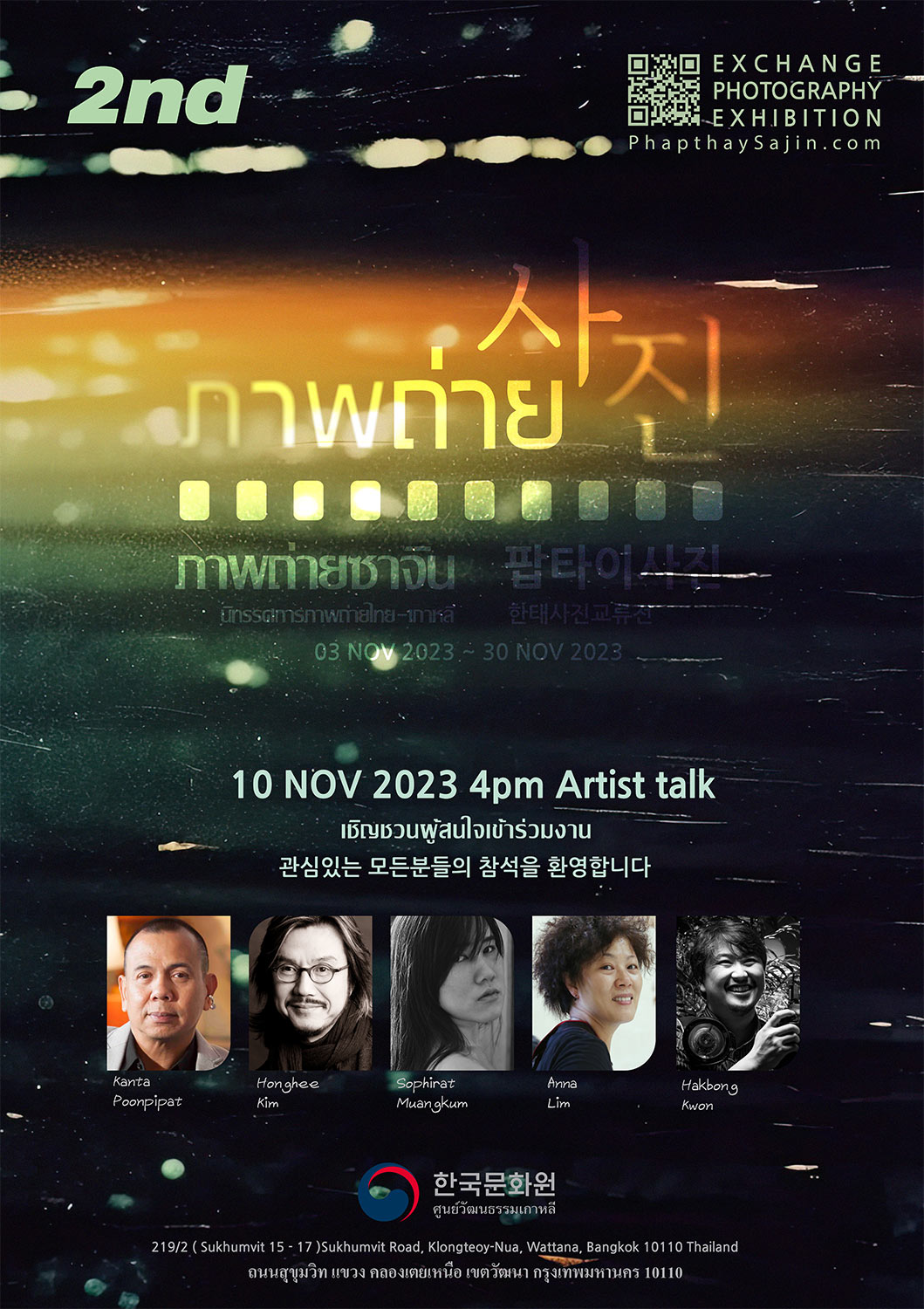
The 2nd “PhapthaySajin” – Korea-Thailand Photo Exchange Exhibition
The second edition of PhapthaySajin brought together five leading photographers from Korea and Thailand in a collaborative exchange exhibition, each presenting unique perspectives on their respective cultures and ways of life.
Held at the Korean Cultural Center in Bangkok, this exhibition aimed to illuminate the artistic expressions, social contexts, and identities of both countries through the medium of photography.
Beyond the exhibition itself, the program included artist talks and a bilingual catalogue, forming a multilayered cultural event that fostered meaningful dialogue in contemporary photographic art.
The project was directed and curated by photographer Hakbong Kwon, whose vision unified the diverse voices of both nations under a single thematic framework.
The 2nd “PhapthaySajin” – Korea–Thailand Photo Exchange Exhibition
Held in November 2023 at the Korean Cultural Center in Bangkok, the 2nd PhapthaySajin was more than a photography exhibition—it was a meaningful cross-cultural encounter between Korea and Thailand through the visual language of photography.
The name PhapthaySajin is a coined term combining the Thai word for photo, “phapthay”, and the Korean word “sajin”, symbolizing the meeting of two languages and perspectives.
In the same spirit, this exhibition was the outcome of each artist engaging with the other culture and interpreting it through their own lens.
Following its debut in 2019, the exhibition returned after a three-year pause due to the pandemic.
Photographer Hakbong Kwon served as the artistic director, leading the planning, curation, and execution.
The exhibition featured five representative photographers from both countries and opened to the public on November 3 at the Korean Cultural Center gallery in the heart of Bangkok.
The selection of artists itself held symbolic significance.
From Thailand, veteran photographer Kanta Poonpipat, known for decades of documentation of Chiang Mai’s people and heritage, and emerging artist Sophirat Muangkum, who explores generational and gender narratives through contemporary nude photography, joined the exhibition.
Prof. Poonpipat’s work captured the lives of traditional artisans, street vendors, and everyday moments in northern Thailand—preserving cultural memory through sustained visual archiving.
Sophirat’s series, titled “BLOOD MAKES YOU RELATED. LOYALTY MAKES YOU FAMILY,” used members of her own family as subjects to question and reframe traditional values and contemporary femininity with emotional intensity and provocation.
From Korea, internationally recognized artist Kim Honghee presented her series “Korea Now”, which reflects on Korean society during the pandemic.
With a belief that “survival is found in the persistence of the everyday,” Kim captures quiet, mundane scenes imbued with emotional weight.
Prof. Anna Lim contributed two conceptual series: “Romantic Soldiers” and “Frozen Object,” addressing the identity of memorial spaces, collective memory, and the personal mythology of heroes—reconstructed through the lens of contemporary photographic art.
Lastly, Hakbong Kwon, in addition to directing the exhibition, showcased his new series “About Human Nature,” reflecting on the essence of human existence and traces of being.
Acting as both creator and curator, Kwon played a central role in harmonizing the diverse perspectives into a coherent whole.
Although each artist had a dedicated section, the layout was designed to allow the different themes and visual styles to breathe and resonate with each other.
Visitors were invited to traverse freely between documentary and fine art, staged and spontaneous imagery, tradition and experimentation.
What stood out was not the differences in method, but the shared questioning at the heart of each work: What do we choose to remember? And how can we empathize?
On the day of the opening, an artist talk program was held alongside the exhibition.
Attendees had the opportunity to engage directly with the photographers, hearing about the conceptual frameworks, personal experiences, and production processes behind each series.
The session added depth to the exhibition experience, and was particularly well-received by students, photography professors, and members of the Bangkok art community.
A bilingual exhibition catalogue was also published and distributed to institutions across both countries, contributing to its ongoing educational and academic value.
This event was not simply a presentation of artworks,
but a space where different societies, memories, and identities converged—asking and responding through images.
Photography transcends language. It touches emotions, and sometimes delivers understanding more powerfully than words.
In that sense, PhapthaySajin reaffirmed that photography may be the most human language of all.
As the exhibition came to a close, I was once again convinced:
Cultural exchange does not begin with presentation, but with mutual recognition and shared vision.
And among the many tools we have, photography remains one of the most honest and intuitive forms of creating that intersection.
The convergence of Thai and Korean perspectives in the city of Bangkok gave birth to a new visual language—
and this exhibition, I believe, stands as a meaningful milestone.




